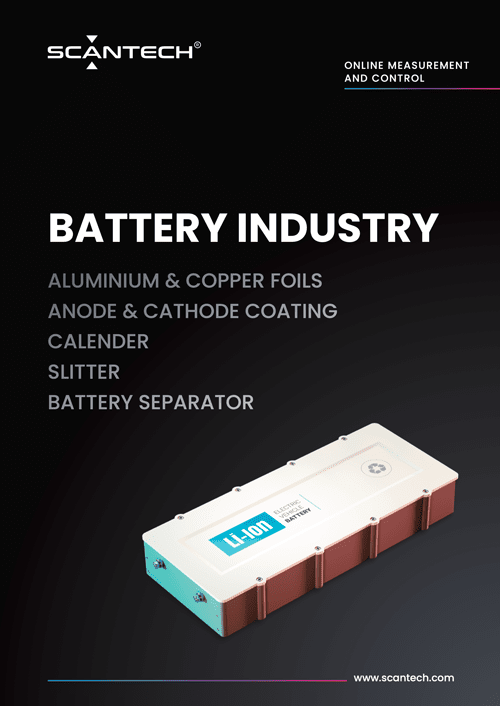
February 13, 2023
1 Increased energy density: Lithium hydroxide is a key component in the production of lithium-ion batteries, which are widely used in high-capacity batteries due to their high energy density. This means that these batteries can store more energy in a smaller volume compared to other types of batteries, making them ideal for applications where weight and space are critical factors.
2 Improved safety: Lithium hydroxide is a safer alternative to other lithium-based compounds, such as lithium metal, that are highly reactive and can cause fires if they come into contact with air or moisture. Lithium hydroxide is much less reactive and less likely to cause safety issues.
3 Better battery performance: Lithium hydroxide can also help improve the overall performance of lithium-ion batteries. For example, it can increase the battery’s capacity and extend its lifespan, as well as improve its overall efficiency and stability.
4 Ease of production: Lithium hydroxide is a relatively simple compound to produce, and it can be easily manufactured on a large scale. This makes it an attractive option for manufacturers who need to produce high-capacity batteries in large quantities.
In conclusion, lithium hydroxide is used in high-capacity batteries due to its high energy density, improved safety, better battery performance, and ease of production. By using this material in the production of lithium-ion batteries, manufacturers can produce batteries that provide a high level of performance and reliability.
B Measuring the lithium hydroxide used in high-capacity batteries can be accomplished through several methods, including the following:
1 Gravimetric analysis: This method involves weighing a sample of the lithium hydroxide and using the mass to calculate its concentration. This is a simple and straightforward method, but it requires a high degree of accuracy in weighing the sample.
2 Titrimetric analysis: In this method, a measured volume of a standard solution of a known concentration is added to a solution of the lithium hydroxide until a reaction occurs. The amount of the standard solution needed to reach the endpoint of the reaction can be used to calculate the concentration of lithium hydroxide in the sample.
3 Spectrophotometric analysis: This method involves measuring the amount of light absorbed by a solution of lithium hydroxide at a specific wavelength. The absorption measurement can be used to calculate the concentration of lithium hydroxide in the solution.
4 Ion chromatography: This method uses a combination of ion exchange and chromatography to separate and measure the lithium ions in a sample of lithium hydroxide. The concentration of lithium ions can then be used to calculate the concentration of lithium hydroxide in the sample.
5 Inductively coupled plasma-mass spectrometry (ICP-MS): This method uses a high-temperature plasma to atomize the sample and measure the atomic masses of the elements present. This method is highly sensitive and can accurately measure the concentration of lithium in a sample of lithium hydroxide.
Each of these methods has its own advantages and disadvantages, and the choice of method will depend on the specific requirements of the measurement, such as the level of accuracy required and the sample size. In general, spectrophotometric analysis and ion chromatography are the most commonly used methods for measuring the concentration of lithium hydroxide in high-capacity batteries.
Measuring the lithium hydroxide used in high-capacity batteries can be accomplished through several methods

“
Discover the measurements on batteries production lines
Related Articles
Enhancing Aseptic Package Production
Optimize aseptic package production with Scantech’s advanced measurement solutions. Improve quality, productivity, and safety.
How to Calculate Density: Formulas, Examples, and Practical Tips
Density is a fundamental concept encountered in numerous fields of science and engineering, ranging from materials science.
Online Non-Contact Measurement: The Ideal Solution for Precise and Contact-Free Measurements
In a world where efficiency and precision are essential, Online Non-Contact Measurement has become a must-have solution for many industries.
